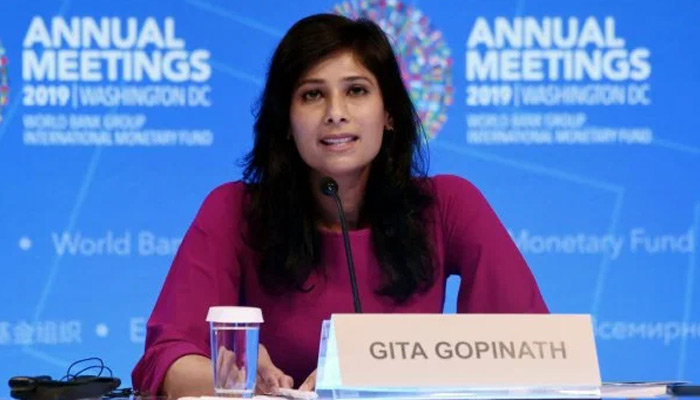After sustaining a difficult period marked by slow economic growth and burgeoning losses for several of the state-run and private companies, it appears that the common narrative for South Africa isn’t going to go to the backburner in the imminent future. All are curious to know that how is the new regime under Cyril Ramphosa going to fare in 2020?
Well, here’s all you need to know.
Recently, the International Monetary Fund had a long hard look at South Africa, in terms of the Rainbow Nation’s economic growth and new prospects for the upcoming year. And guess what?
In fact, if one were to ask the IMF’s view on South Africa, then it could be said that the prestigious international organization, headquartered at Washington D.C. has served South Africa a warning.
The key narrative from the IMF’s view on South Africa is that the economic growth will be sluggish in the country for 2020. In addition, the IMF also strongly suggested that what South Africa needs urgently is a more decisive approach toward reforms if it is to spark a climate of change for the overall economy.
But let’s dive into the details about IMF’s view on South Africa; what is going on in the Protean economy that the organization has raised doubts about a healthy economic future?
It appears that most of the state-owned enterprises- also known as the SOEs in South Africa- are experiencing operational difficulties. Leading SOEs working in network industries such as electricity and transport require the financial support that they are currently lacking.

It is suggested that South Africa needs to have a good look at restructuring its budget and spending. So, why is that? The current budget composition, it is believed, has taken a hit due to a situation marked by weak revenue and an increase in current expenditure.
Moreover, there seems to be a prevalent climate of subdued economic growth, emanating from weak private investments. All of this has resulted in declining productivity for an economy that back in the early 2000s was flourishing.
But it is also well established that a combination of several factors has led to a state where the economy is crying for change. So what could be the reasons?
The IMF’s view on South Africa constituted a cesspool of the following problems:
Slow pace of reforms
Regulatory constraints making it difficult for new businesses to enter South Africa
Inefficient infrastructure
The above told, it has to be said that an added reason that contributes to South Africa depicting a bleak picture into the horizon and scheme of things to come is down to the fact that the economy has failed to create new jobs.
This could render a big blow to the continent for South Africa’s talent and real strength stems from the fact that it is not only one of the most multi-lingual, multi-cultural but vibrant nations in all of Africa, but in the whole world.
To sum it up, the IMF’s view on South Africa could be understood by the following media statement in the public domain:
In sum, the reliance on government spending to boost growth has not delivered the anticipated results as the supply-side nature of the growth constraints has not been addressed.


